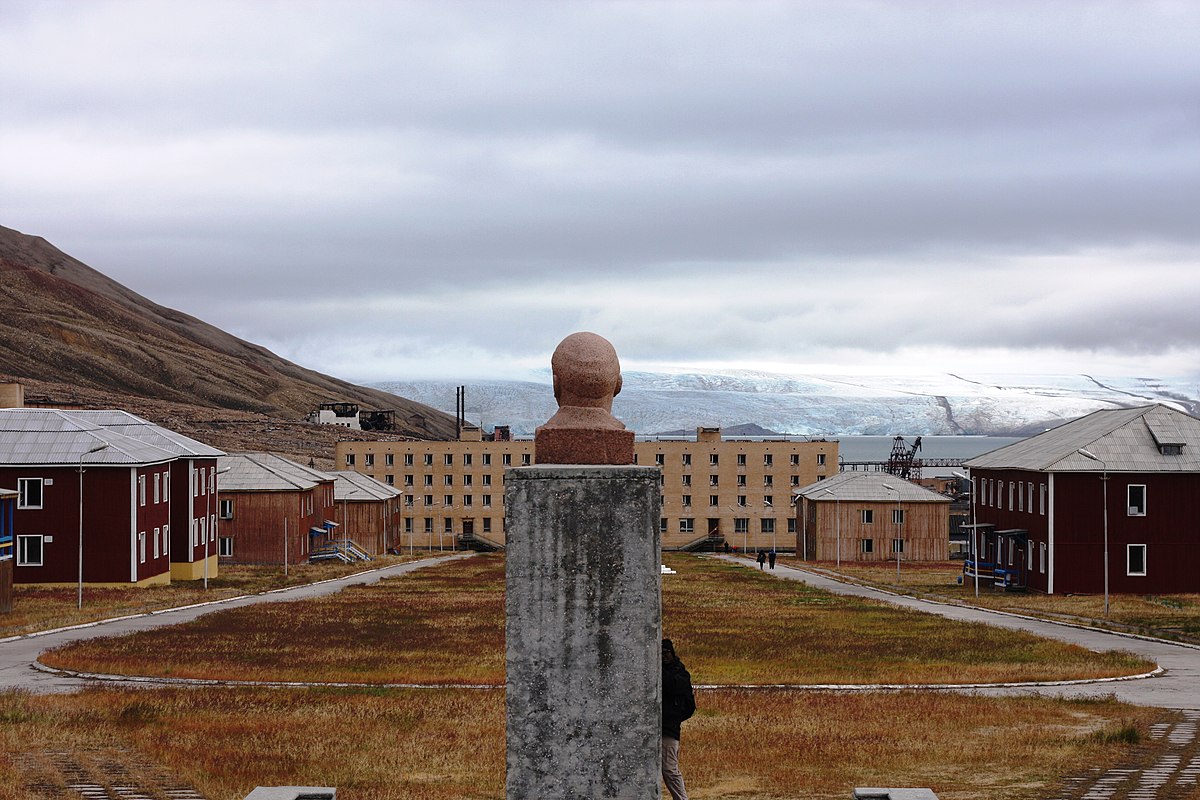Bodie State Historic Park is in Mono County, California, United States and is a ghost town which received about 200,000 visitors a year. It is a mining town that started off as a camp in 1859, one of the prospectors included Q S Bodey. Bodey perished in a blizzard the following November, the town was named after him and the etymology of the present name comes from this.
By 1868 there were nearby silver mines too, but interested in the town seemed lacklustre. 1876 a profitable gold bearing ore was found and Bodie became a boomtown. At its height there were 65 salons on the main street, violence was regular and it had a red light district at the north end of the town. Rosa May was one of the prostitutes who came to help with a serious epidemic at the height of the boom and despite giving all her help to them was still buried outside of the cemetery fence.
It started to decline in 1880, Bodie became a family orientated town. In 1882 they built a Methodist Church (still standing) and the Roman Catholic church stood until it burnt down in 1930. It had a short revival in the early 1890’s thanks to the technological advances that meant the mine was able to keep supporting the town. 1912 saw the last printing of the Bodie Newspaper, The Bodie Miner, and in 1917 the railway was abandoned. In 1942 it was closed down and sadly that was the start of its decline and end.
Today the town is in a state of arrested decay, you can walk through the remaining streets and look through windows to see the stocked goods as they were left. Myers 1990, “A ghost town that is really a ghost town.”

JLeditor – Long exposure at night, taken with a Nikon D4 in Bodie ghost town Previously published: https://www.flickr.com/photos/brom-productions/7547993828/in/photostream/


